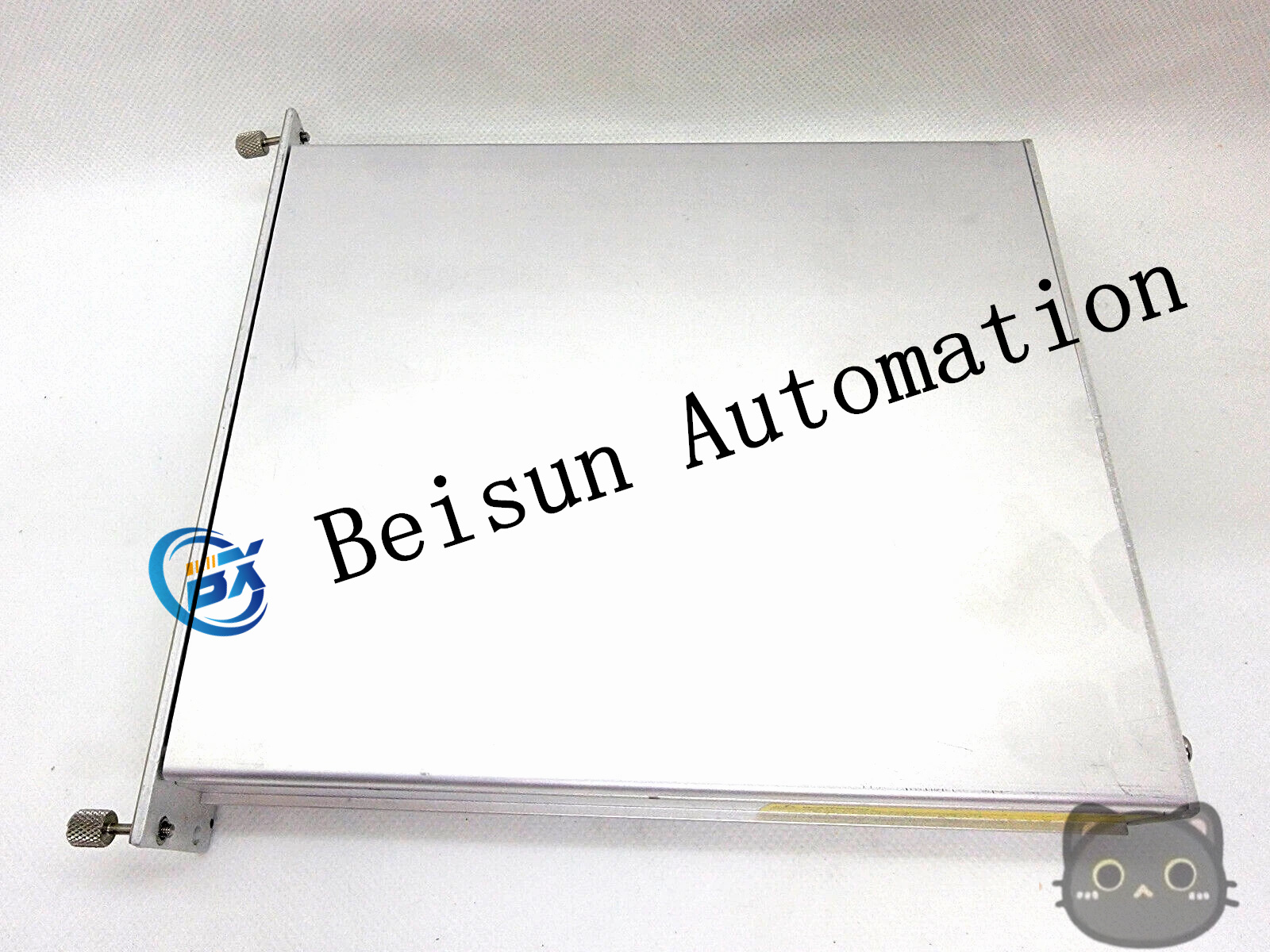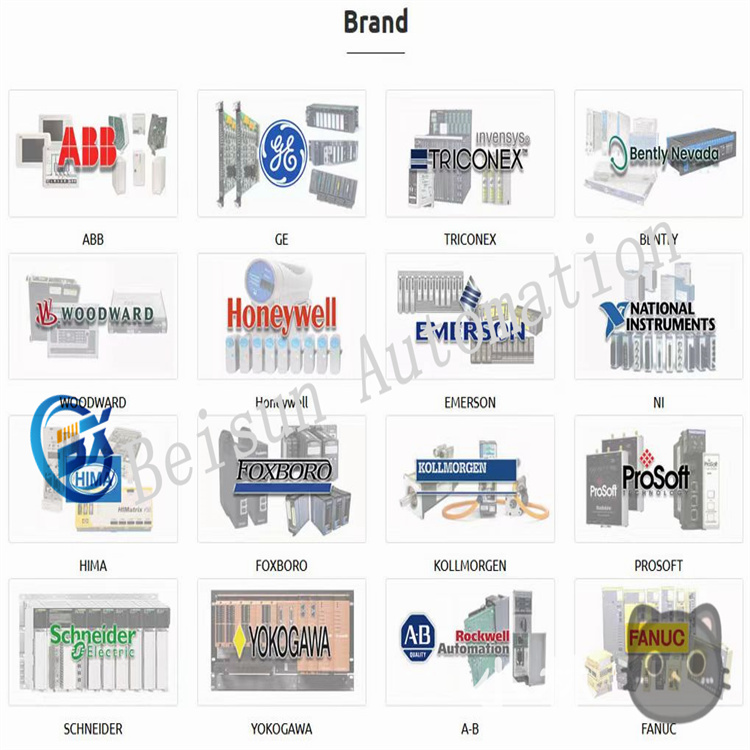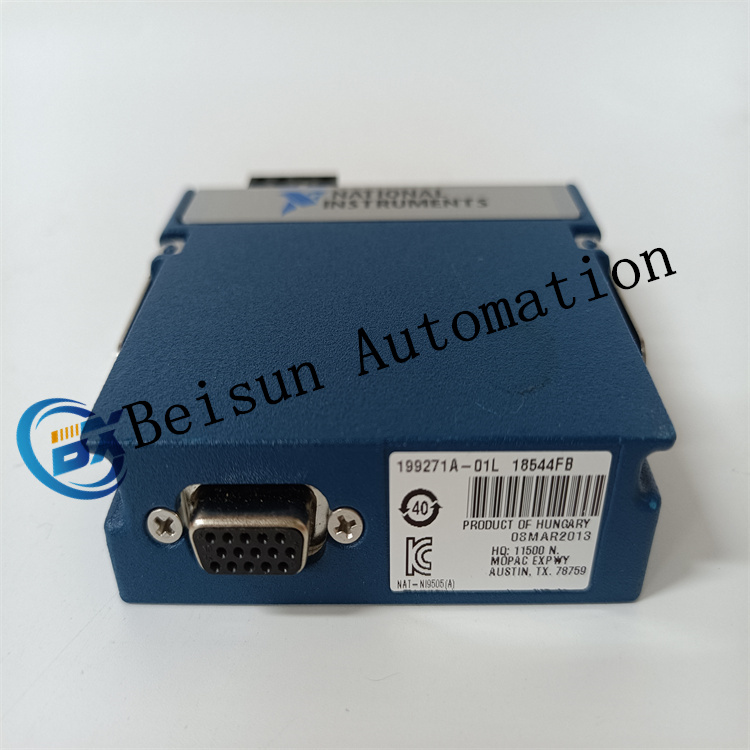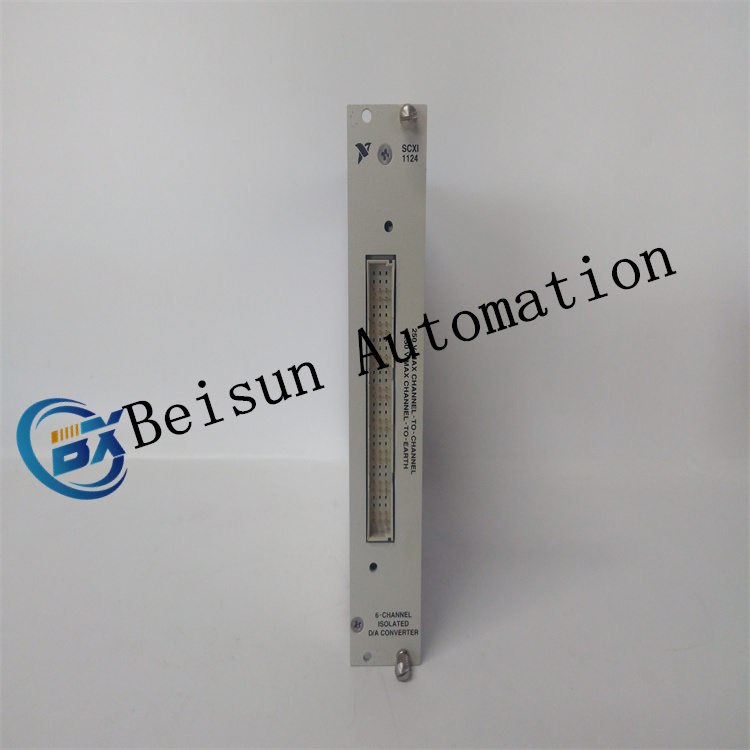Product information
Reviews
Shipping & returns
Product information
NI SCXI-1160 Data Acquisition Module
Main characteristics
High-precision measurement: By adopting advanced measurement technology, it features high accuracy, capable of accurately collecting and converting analog signals, and can meet the application scenarios with strict requirements for measurement accuracy.
Multi-channel input: It features multiple input channels, typically 8 channels, allowing for simultaneous connection to multiple sensors or signal sources to achieve synchronous measurement and monitoring of multiple physical quantities.
Flexible input configuration: Supports multiple input types and ranges, which can adapt to the output characteristics of different sensors, including voltage, current and other input signals, and has multiple configurable ranges, such as ±10V, ±5V, ±2.5V and other voltage ranges, as well as 4-20mA and other current ranges, which can be flexibly set according to actual measurement requirements.

Technical parameters
A/D conversion resolution: Generally 16 bits, which means it can precisely convert analog signals into digital signals, distinguish small signal changes, and has good performance for the measurement of weak signals.
Sampling rate: The sampling rate is relatively high, reaching up to 200kS/s (200,000 samplings per second), capable of quickly capturing dynamically changing signals. It is suitable for measuring transient signals generated by rapidly changing physical phenomena, such as vibration and shock.
Accuracy index: Within the full scale range, the measurement accuracy is usually within ±0.05%, ensuring the accuracy and reliability of the collected data.
Channel isolation: There is a good isolation characteristic between channels, which can prevent signal interference between channels, improve the stability and accuracy of measurement, and is particularly important when measuring multiple interrelated but independent signals simultaneously.

Application field
Industrial process monitoring: In the industrial production process, it can be used to monitor various process parameters, such as temperature, pressure, flow rate, liquid level and other physical quantities. By collecting the signals output by sensors, real-time monitoring and automated control of the production process can be achieved, enabling timely detection and handling of abnormal situations in production, thereby improving production efficiency and product quality.
Environmental monitoring: It is used in the field of environmental monitoring and can be connected to various environmental sensors, such as air quality sensors, water quality sensors, meteorological sensors, etc., to collect environmental parameter data in real time, providing accurate data support for environmental quality assessment, pollution monitoring and early warning.
Laboratory research and testing: In scientific research laboratories and product testing, it is suitable for data collection in various physics, chemistry, biology and other experiments, as well as performance testing of electronic equipment, mechanical components and other products, and can meet the high-precision data collection requirements of different experiments and tests.





Reviews
There are no reviews yet.